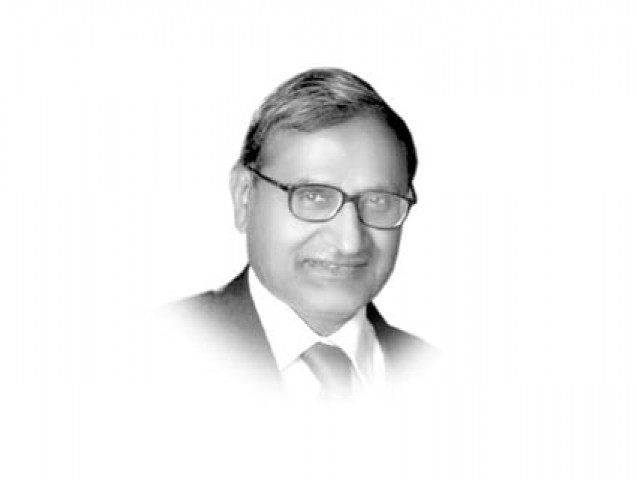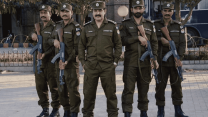Higher education, lower incomes
Average expenditure on higher education is 1% of GDP globally. UK is at 0.6%. Pakistan spends about half of that.

Our own Higher Education Commission (HEC) lists quality, access and relevance — in that order — as the challenges it must face. While quality and relevance have not moved beyond rhetoric, the focus has been on access. This is not surprising as access is quantitatively defined and is related by the HEC to the physical expansion of universities, which itself is a function of government funding. As physical expansion slows down following deep budgetary cuts by a government repeatedly failing to keep its fiscal deficit within manageable limits, the HEC fears that the present lamentably low access is likely to stagnate or even fall. Access to university education is estimated at 5.1 per cent of the relevant age group. Education Policy 2009 fixes this target at 10 per cent for 2015. But this policy also wants expenditure on education to go up to 7 per cent of GDP by 2015. If the future is guided by the present, 7 per cent of GDP looks more like the tax-to-GDP ratio of 2015! On average, public expenditure on higher education in countries that are part of the Organisation for Economic Co-operation and Development is one per cent of GDP. The UK is below this average at 0.6 per cent. Poor Pakistan has been spending about half of it.
But whose access is the concern of the HEC? One has not seen any serious analysis. There is a casual mention in the mission statement that the “HEC will improve equitable access through establishing campuses and universities in backward areas, in providing financial assistance to needy students and in introducing soft disciplines, such as social sciences, media and journalism, and fine arts to cater more to the female population so gender parity is further reduced.” As can be seen, the HEC would achieve equitable access through physical expansion, albeit in backward areas. Physical access is the idea, no matter how backward the university. Interestingly, the HEC wants to improve gender equity by reducing ‘gender parity’. If this were inattention to detail, calling social sciences, media and fine arts “soft disciplines” meant for women reminds one of the long discarded ‘sewing machine’ view of gender justice, which stereotypes them, even as it seeks to empower them.
Published in The Express Tribune, November 4th, 2011.


1729685382-0/Untitled-design-(57)1729685382-0-208x130.webp)












COMMENTS
Comments are moderated and generally will be posted if they are on-topic and not abusive.
For more information, please see our Comments FAQ